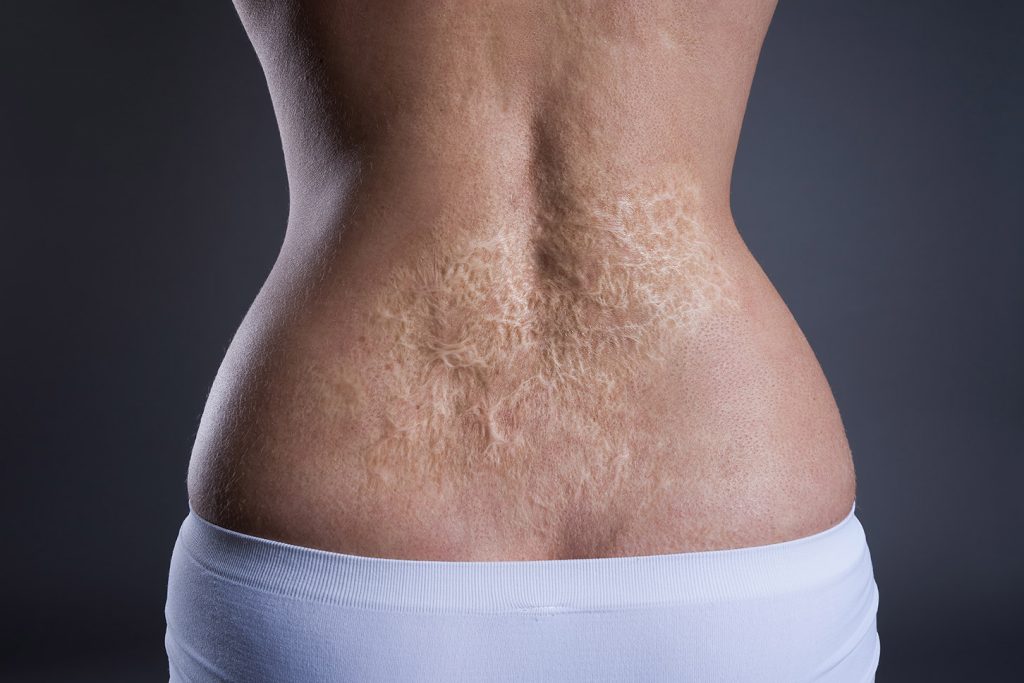
For many patients, scarring is one of the most devastating consequences of severe burns. Changes to your appearance may be extreme, resulting in life-long psychological harm. And burn injury scars can have a serious physical effect. You may have lost range of motion or mobility. Burn injury treatment methods have improved to the point that scarring is not as severe as it was years ago. Getting proper treatment for burns right away can minimize the development of scars. Subsequent medical treatments can reduce the scarring that has developed or minimize its impact on functioning.
Types of Burn Scars
There are several types of burn scars including:
- Keloid – keloid scars are scar tissue that has overgrown. They are thick scars that often appear as shiny, hairless lumps.
- Hypertrophic – hypertrophic scars are confirmed to the burn area but are typically raised. They may be red or purple in color and they may itch and cause discomfort.
- Contractures – contractures are tightening of the skin, muscles or tendons. They can reduce range of motion causing impairment, and can be severe enough to cause loss of mobility.
Burn Scar Prevention and Treatment
Prevention of scar formation happens during burn injury treatment and the healing phase. To prevent scarring:
- You may be asked to wear compression garments every day for several months
- You may need to wear a splint to keep joints straight during the healing process, to prevent contractures
Treatment for burn scars can include:
- Skin grafts to replace damages skin with healthy skin from another part of your body or from a donor
- Physical therapy to improve range of motion where there are contractures
- Surgery to release contractures so that mobility or range of motion is restored or improved
To learn more about compensation for burn scars and burn scar treatment, please talk to an experienced burn injury attorney today.